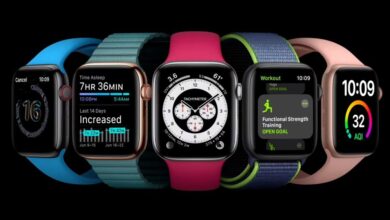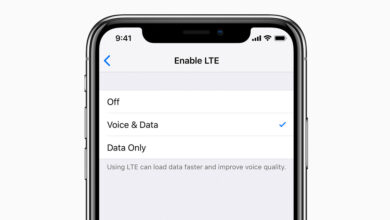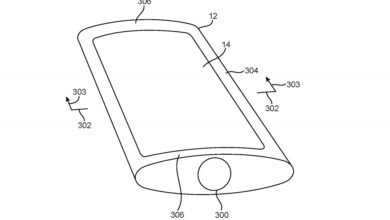
Cybercriminals are corrupting Mac applications at the resource, poisoning if not benign open-resource tasks with malware that has two earlier unseen zero-day exploits.
When you run the contaminated applications, they might direct you to harmful web sites, adjust the addresses on your cryptocurrency wallets, get screenshots of what you might be looking at or steal your credit history cards.
The malware also replaces Safari with a destructive model of Apple’s browser, infects all other key browsers, steals Google, Apple ID and PayPal usernames and passwords, steals info from Skype, Telegram, Evernote and WeChat, and may well even set up ransomware.
To shield your self, make certain you happen to be working some of the most effective Mac antivirus program, for the reason that Apple’s built-in defenses may well not be equipped to capture the malware.
The antivirus maker Craze Micro, whose researchers found out the malware, calls it “a rabbit gap of destructive payloads” in a website write-up last week.
Browser massacre
After the malware, which Craze Micro phone calls XCSSET, is in complete pressure, it profiles the process and infects any variations of the Courageous, Firefox, Opera, 360 and Yandex browsers that may be mounted. If Google Chrome is mounted, the malware replaces it with an more mature model of Chrome that has weaker security.
Which is practically nothing when compared to what it does with Safari, on the other hand. The malware downloads and installs a destructive model of Safari and will make sure any inside one-way links to the authentic Safari go to the bogus a single instead.
“Functionally, this usually means that the faux Safari browser runs as a substitute of the legit version of Safari,” states a Craze Micro white paper on the XCSSET malware.
So much, Craze Micro has viewed XCSSET infecting only two Mac open up-supply tasks, just one from India and the other from China. It has not observed it infecting any iOS applications, while that would unquestionably be feasible.
It really is took place prior to
If this seems acquainted, it really is transpired prior to. In 2015, a destructive edition of Apple’s growth platform Xcode was dispersed in China. The final result was that any Mac or iOS applications established with the corrupted model of Xcode were being on their own corrupted. Apple quickly taken off the tainted apps from its app retailers.
So how is it happening all over again? This time, the crooks are putting a little bit even further downstream. As an alternative of attacking Xcode itself, they’re examining on the internet code repositories like GitHub, the place dozens or hundreds of developers who really don’t really know just about every other can use Xcode to collaborate on a solitary open up-resource task.
“Destructive code is injected into neighborhood Xcode initiatives so that when the task is built, the malicious code is operate,” Craze Micro stated.
Since the unwitting computer software developers release the applications with their individual approved signatures, the infected apps will not generally be stopped by Apple’s own created-in stability safeguards.
“Methods to verify the dispersed file (this sort of as examining hashes) would not aid as the builders would be unaware that they are distributing destructive documents,” Trend Micro extra.







